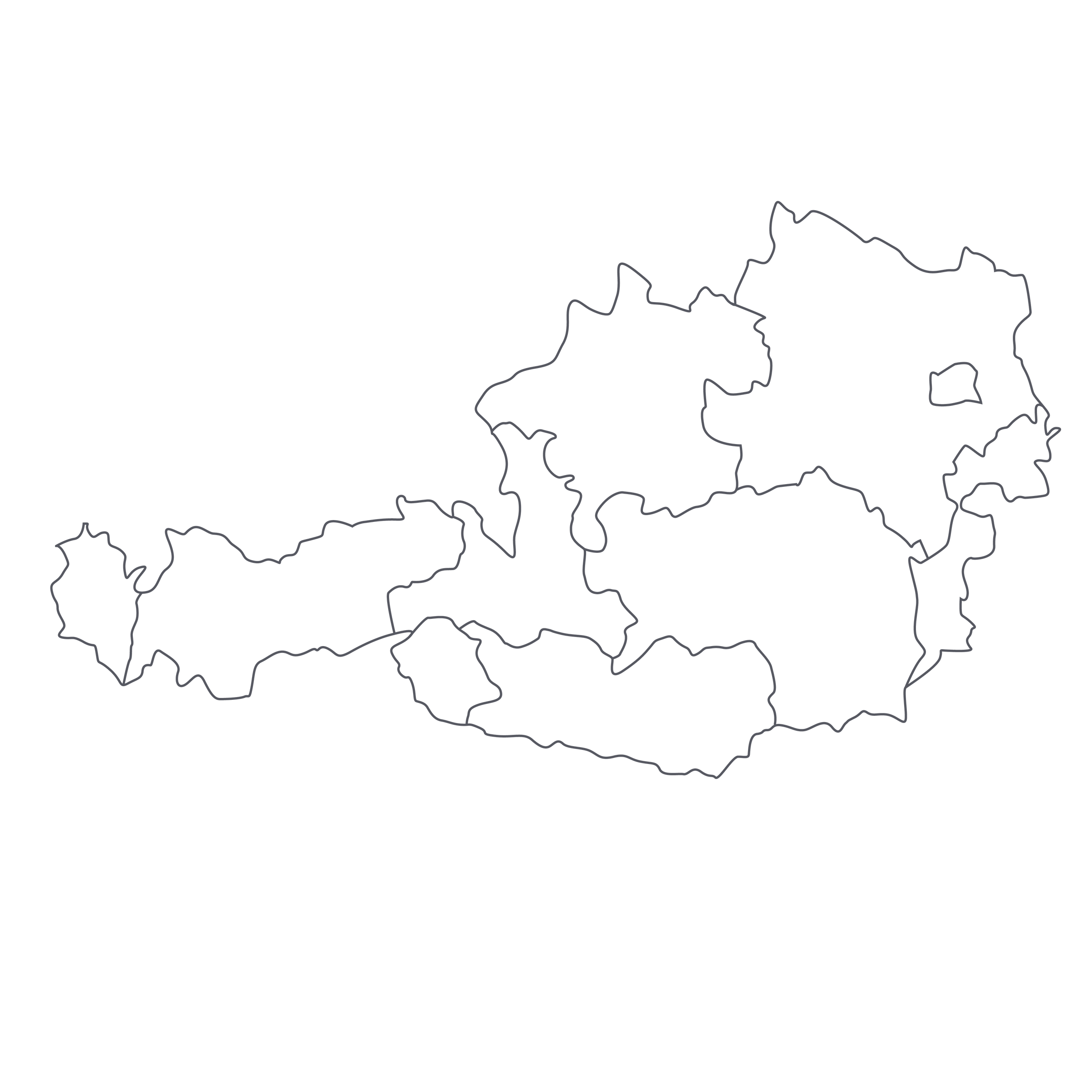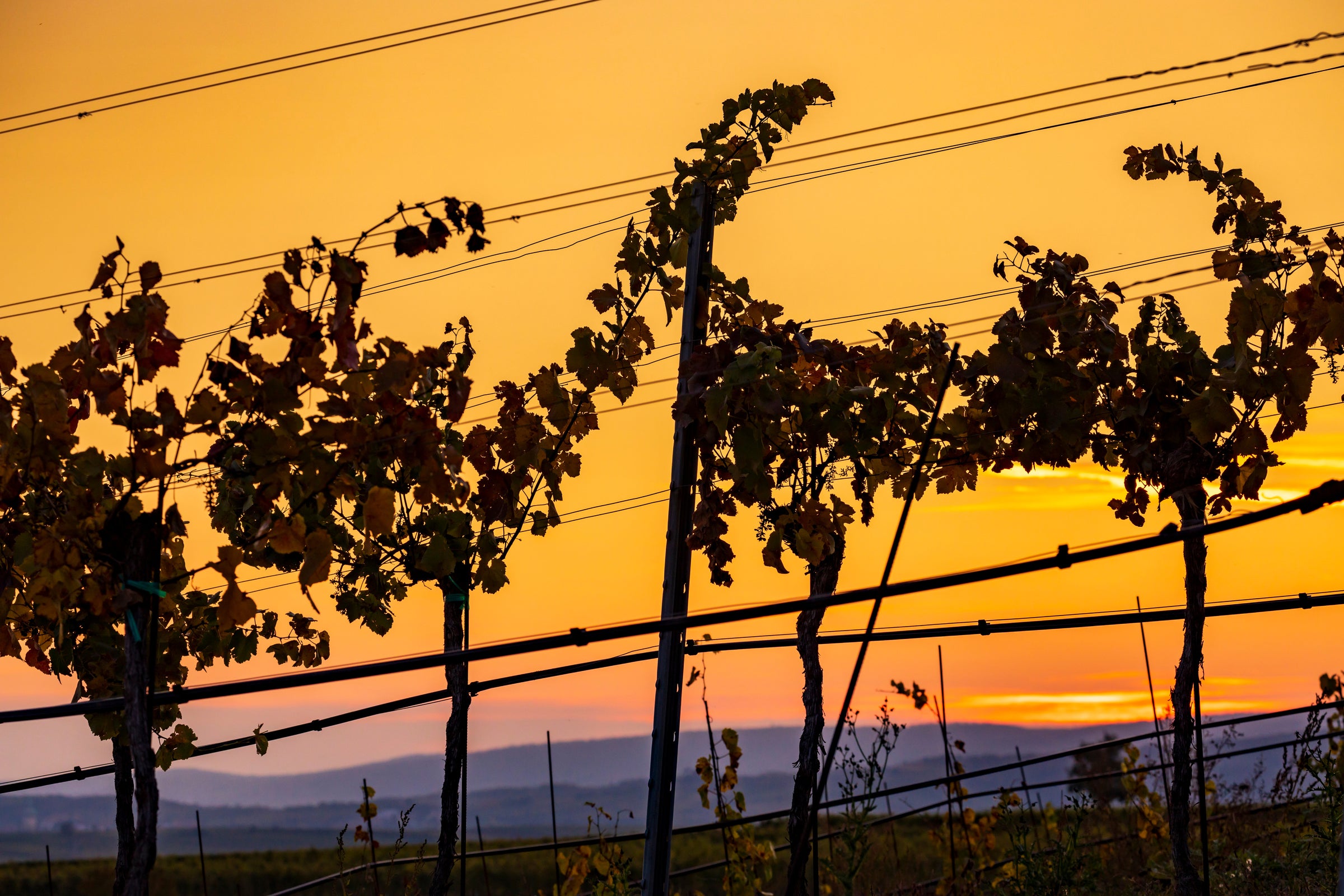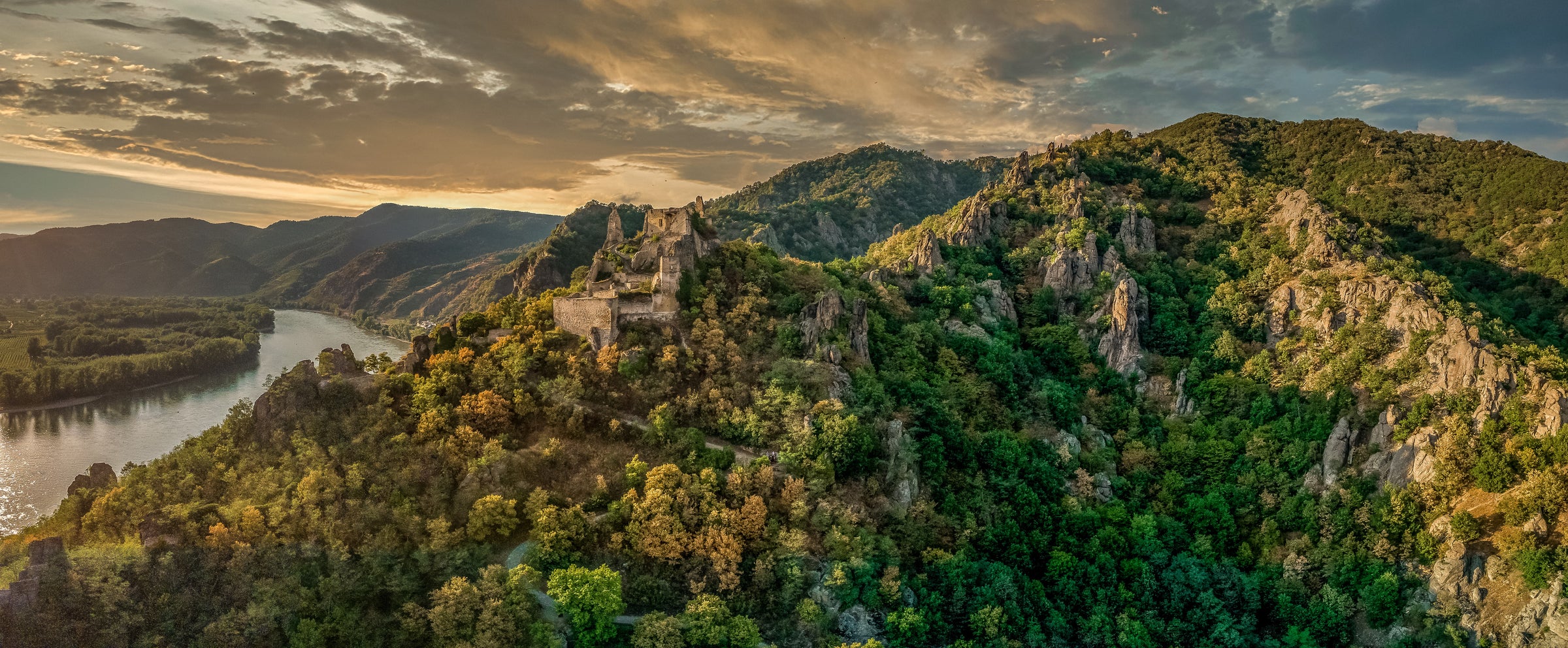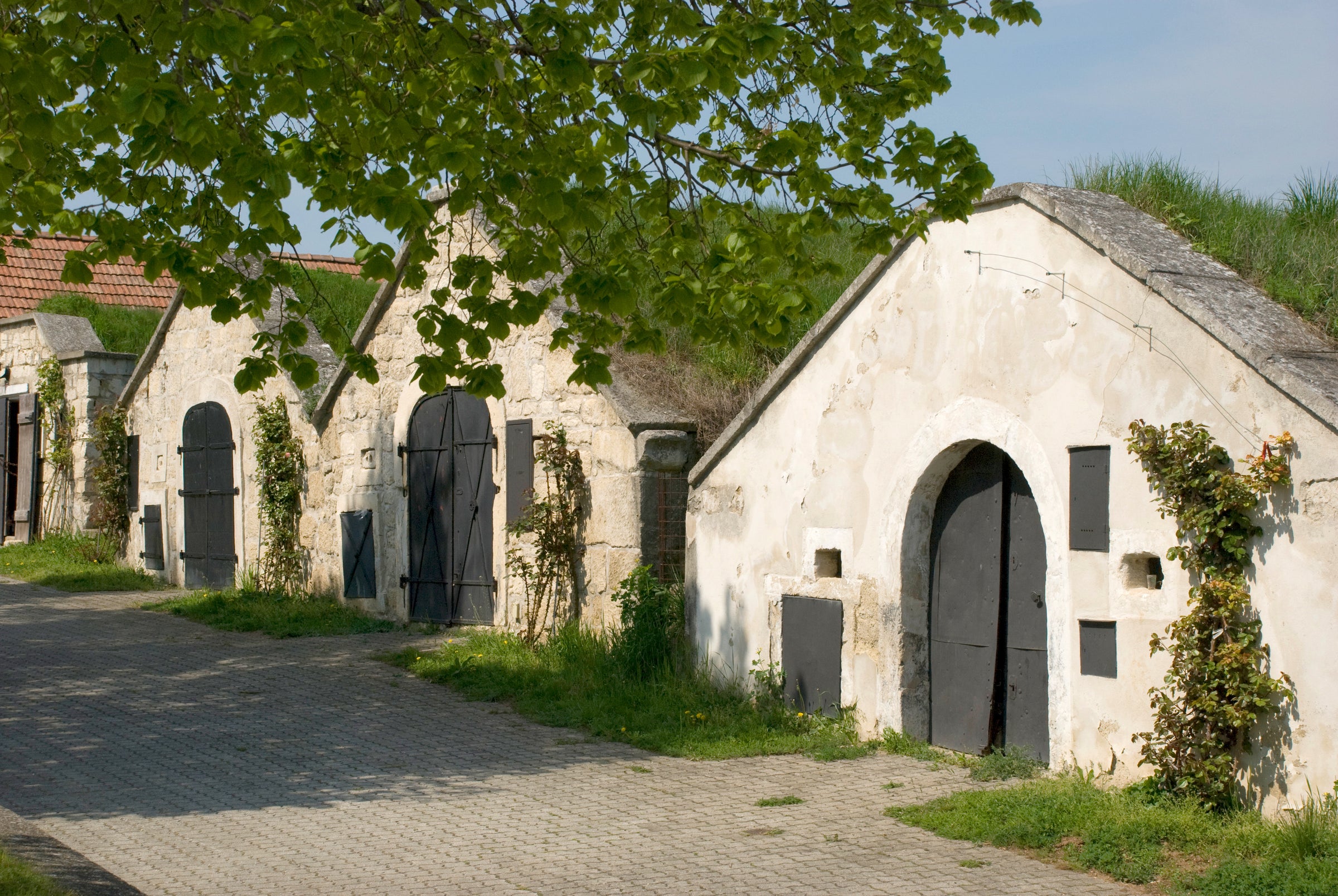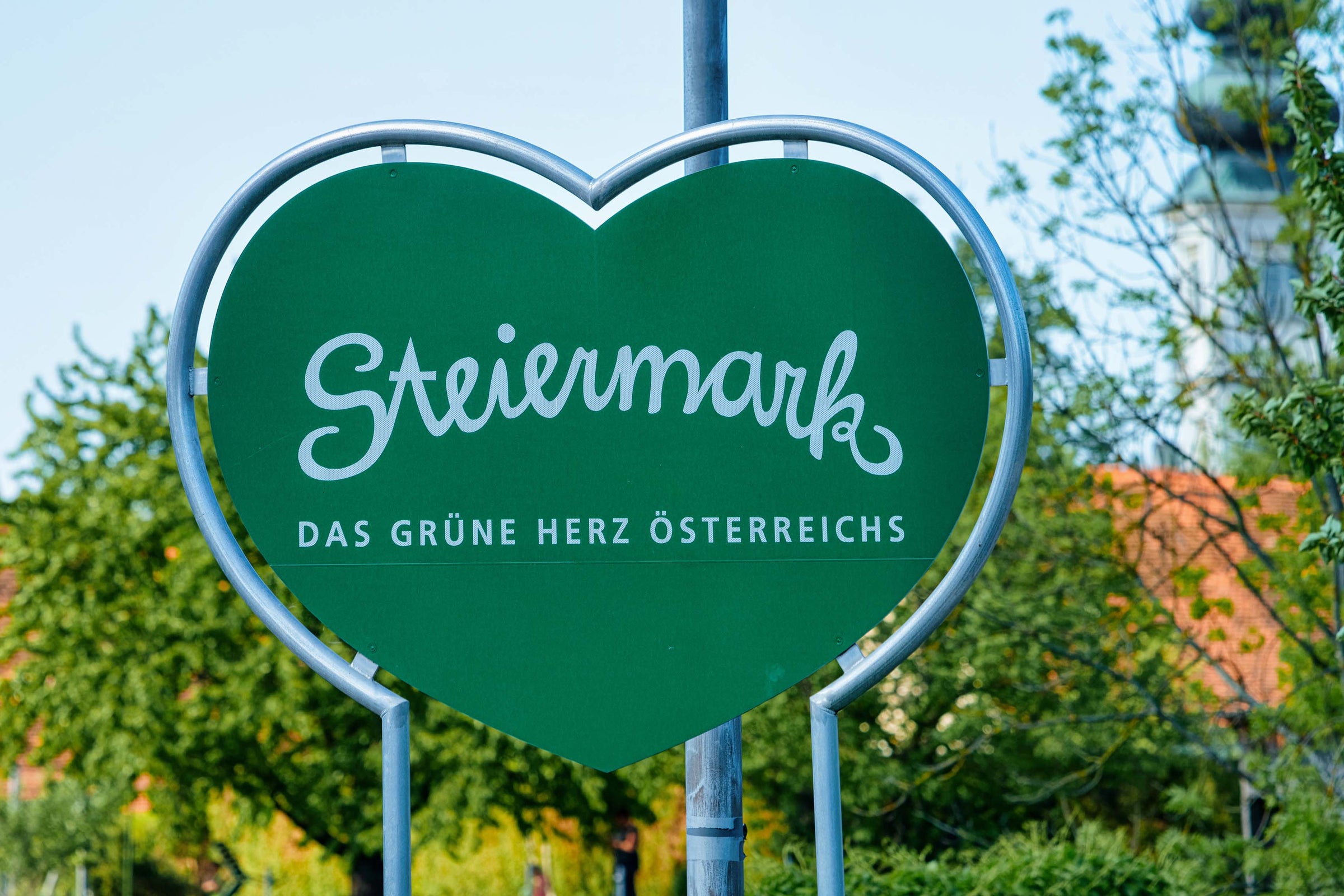Aside from all things Italian, my chosen “beat” here at SommSelect is to champion the outliers, the oddballs, the under-appreciated. And if you’ve been with us for a while, you’ll recognize Umathum—easily one of the greatest producers of red wine in Austria and still a source of unparalleled value-for-dollar. It’s not just the QPR (quality-to-price ratio) that draws us to Umathum time and again—it’s the joyful, unpretentious, straightforwardly delicious wine experiences they deliver.
Perhaps you’ve noticed us giving more and more airtime to the lighter, brighter breed of red wine epitomized by today’s 2018: It may look inky, which is typical of the Rotburger (a.k.a. Zweigelt) variety, but on the palate, this is big flavor in a lightweight package. Juicy fruit, vivid florals, and humid earth are framed by tangy freshness and barely-there tannins, leaving you feeling both refreshed and sated. There’s a wild-berry fruit component, and a crushed-rock minerality, to this red that reminds me a little bit of Cru Beaujolais, and a tiny bit of the violet-scented Syrahs of the Northern Rhône, but really, the whole point of this wine is that it is its own thing: A classic red wine of place that doesn’t have as much international exposure, and therefore doesn’t fetch the same prices, as those others. But make no mistake, this is a real-deal red disguised as a simple quaffer. Josef “Pepi” Umathum is one of Austria’s great red wine specialists, crafting impeccably pure, biodynamic expressions of Rotburger and the other inimitable reds of the Burgenland region. And I’d argue that it’s wines like this—not the ultra-expensive trophies—that get sommeliers the most excited about their work. Well, this sommelier, anyway. Lately, this is all I want to drink!
Umathum’s production is predominantly red wine (85%) grown in the rolling hills around Lake Neusiedl, a subzone of the broader Burgenland DAC. Called Neusiedlersee, this area is at Burgenland’s northern end, not far from Austria’s border with Hungary. It is considered Austria’s premier red-wine growing zone, effectively part of the broader Pannonian plain, with hot, dry conditions in the summer and relatively mild winters. Soils are predominantly sandy loam with some gravel and silt, and in addition to red wines, the Neusiedlersee is a source of some of the world’s best botrytis-affected sweet wines.
Rotburger (perhaps better known as Zweigelt, so named for the viticulturist who created it) is now the most-planted red grape variety in the region, having been created from a cross of Blaufränkisch and Sankt Laurent (the latter thought to share parentage with Pinot Noir). It typically produces reds with a very deep, ruby-purple cast, which, if assessed on appearance alone, might lead you to believe the wine is going to be intense and full-bodied. In fact, color notwithstanding, the wines are reliably bright, buoyant, floral, and fruity, with lip-smacking freshness but soft tannins. Today’s 2018 is a textbook example: juicy and joyful, low in alcohol, and underpinned with palpable minerality.
Josef Umathum applies organic and biodynamic principles in farming his 60 hectares of vines, which are situated on the north and east sides of Lake Neusiedl. Today’s wine is his ‘entry level’ Rotburger bottling (previous vintages were labeled as Zweigelt), sourced from gravelly soils and aged in large Austrian oak casks before bottling. It then spent additional time aging in bottle before release. Sealed with a glass capsule and exceedingly fresh and pure, this is straight-up deliciousness for near-term drinking: Pour a glass of this inky red and soak in the aromas of dark black and purple woodland berries, violets, black pepper, juniper, and crushed stones. The texture is at once pleasingly plump and refreshingly tangy, melding fruit and mineral sensations seamlessly. When natural wine advocates talk about a wine being “alive,” this is very much what they’re referring to: Pop off the capsule about 15 minutes before serving this in Bordeaux stems at 60 degrees and enjoy it with a good old-fashioned mixed grill of sausages, ribs, chops, etc. This is prime “house wine” material, so consider stocking up. Cheers!


